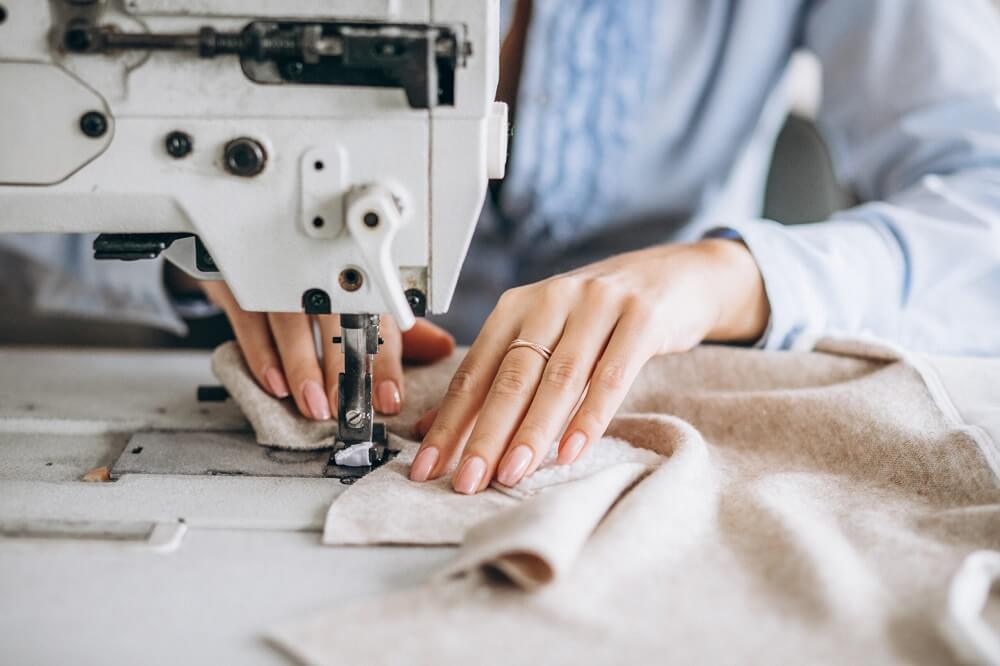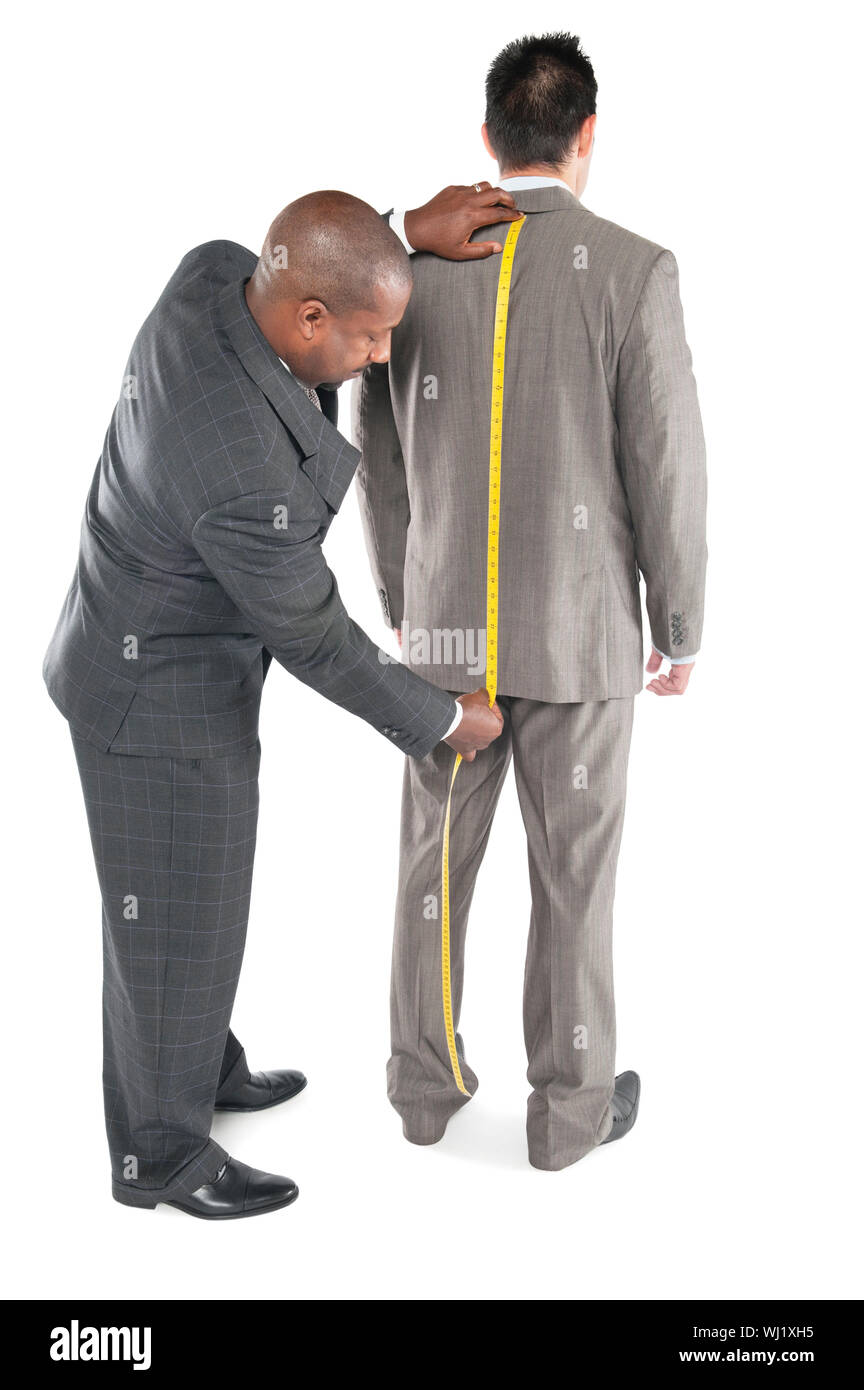Tailor Perth Excellence: Where Top Quality Meets Personalized Tailoring
Tailor Perth Excellence: Where Top Quality Meets Personalized Tailoring
Blog Article
Understanding the Tailoring Refine: From Fabric Option to Final Fitting for the Ideal Wardrobe
The customizing process is a complex interaction of art and science, starting with the critical choice of fabric option and finishing in the accurate adjustments of final installations. Each fabric kind brings distinct high qualities that affect not only the visual appeal yet likewise the garment's longevity and viability for different occasions.
Relevance of Fabric Option
Choosing the ideal fabric is crucial in the tailoring procedure, as it straight influences the comfort, durability, and overall aesthetic of the final garment (tailor perth). The selection of material establishes the structure for the garment's efficiency, design, and capability. Various textiles possess special residential or commercial properties, such as stretch, breathability, and weight, which can significantly influence exactly how the garment drapes and fits the body
Furthermore, textile selection impacts the garment's longevity and ease of care. Top notch textiles can endure wear and tear, keeping their look and structure with time, while lower-quality products may cause pilling or fading. Furthermore, the ideal material adds to the garment's capability to shift across seasons and occasions, thereby boosting versatility.
A tailored item made from an appropriate fabric not just showcases workmanship but also elevates the user's self-confidence. As a result, comprehending the nuances of fabric selection is critical for any customizing venture. It guarantees that the end product not just satisfies the visual desires of the client yet likewise aligns with useful requirements, thereby achieving an unified equilibrium between kind and function in the customized closet.
Kinds of Fabrics and Their Usages
Recognizing the different kinds of textiles available is important for making informed choices during the customizing procedure. Each material possesses unique qualities that dictate its viability for details garments and occasions.
Its adaptability permits it to be customized into whatever from t shirts to dresses. Its natural flexibility helps garments keep form over time.
Silk emanates deluxe and is light-weight, making it perfect for eveningwear and delicate shirts; nonetheless, it calls for careful handling as a result of its fragility. Linen, with its textured surface, is a prominent selection for warm climates, providing a airy and crisp feel, however it wrinkles quickly, which may influence the garment's look.
Artificial fabrics, such as polyester and nylon, offer resilience and resistance to wrinkles, making them appropriate for daily wear and active garments. Recognizing these textile types and their residential or commercial properties permits far better decision-making, making sure that each customized item not just fits well yet also aligns with the designated function and celebration.
The Tailoring Strategies Discussed
The art of tailoring depends on a range of strategies that transform textile right into well-fitted garments. Central to this process is pattern composing, where a dressmaker creates templates based on the client's measurements and wanted design. This preliminary step makes sure that the garment will certainly fit the user correctly prior to any kind of reducing happens.
When patterns are established, reducing strategies come right into play. Accuracy is critical as inaccuracies can lead to misfitting garments. Tailors typically make use of numerous cutting methods, such as single-layer reducing for elaborate layouts and multiple-layer cutting for efficiency on typical patterns.
Basting is an additional vital technique, enabling dressmakers to briefly stitch fabric assemble for an initial fitting. This approach uses the opportunity to analyze the drape and general silhouette before last stitching.
Seaming strategies, including flat-felled joints and French joints, boost the garment's resilience and visual appeal. Tailors also utilize strategies such as interfacing and padding her comment is here to supply framework and shape to details areas, like shoulders and collars.
Last but not least, ending up methods, consisting of hemming and edge completing, ensure the garment's long life while supplying a polished look. With each other, these techniques develop the backbone of effective customizing, resulting in beautiful, tailor-made garments.
Suitable Modifications and Factors To Consider

Key factors to consider include the shoulder fit, which needs to neither droop neither restrict movement, and the sleeve length, which must enable comfortable arm motion while maintaining a sleek appearance. Furthermore, modifications at the midsection can improve the silhouette, with choices to let out or absorb textile as needed.
The rise of pants is an additional critical aspect; it must sit comfortably over the hips without triggering discomfort, enabling for simplicity of movement. Hemming sizes for both pants and skirts should mirror the wearer's recommended design while appreciating proportions.

Preserving Your Tailored Attire
Appropriate upkeep of customized garments is vital to protecting their fit and appearance in time. To make sure long life, normal cleansing is paramount. Constantly adhere to the treatment tag instructions, which may recommend dry cleaning for delicate textiles or equipment washing for more durable products. Stay clear of frequent laundering, as this can wear down the fabric and alter the garment's form.
Storage space is similarly crucial; use padded wall mounts for coats and coats to preserve shoulder structure, and shop pants folded neatly or hung to prevent creasing. Shield garments from straight sunshine, which can fade colors and damages fibers.
Furthermore, regular examinations for small fixings can stop larger issues. Check for loose switches, tearing joints, or indications of moth damage, resolving these troubles immediately to keep the garment's stability.
Last but not least, take into consideration seasonal turning. Using tailored pieces in moderation enables materials to recover, prolonging their life expectancy. By carrying out these maintenance strategies, you can ensure that your customized garments continue to be as excellent as the day you first used them, improving your perfect wardrobe for many years to find.
Conclusion
The tailoring procedure, incorporating fabric option, skilled strategies, and accurate fitting adjustments, plays a vital duty in producing garments that enhance both comfort and design. Comprehending the significance of upkeep prolongs the life of customized garments, strengthening their value in a well-curated closet.
Selecting the best textile is critical in the tailoring process, as it straight affects the convenience, resilience, and general visual of the final garment. The option of textile sets the foundation for the garment's design, capability, and performance. Different materials possess special properties, such as stretch, weight, and breathability, which can dramatically influence exactly how the garment drapes and fits the body.
The art of customizing relies on a range of techniques that change textile right into well-fitted garments.The customizing procedure, including textile selection, knowledgeable strategies, and specific suitable adjustments, plays a critical duty in developing see garments that improve both convenience and style.
Report this page